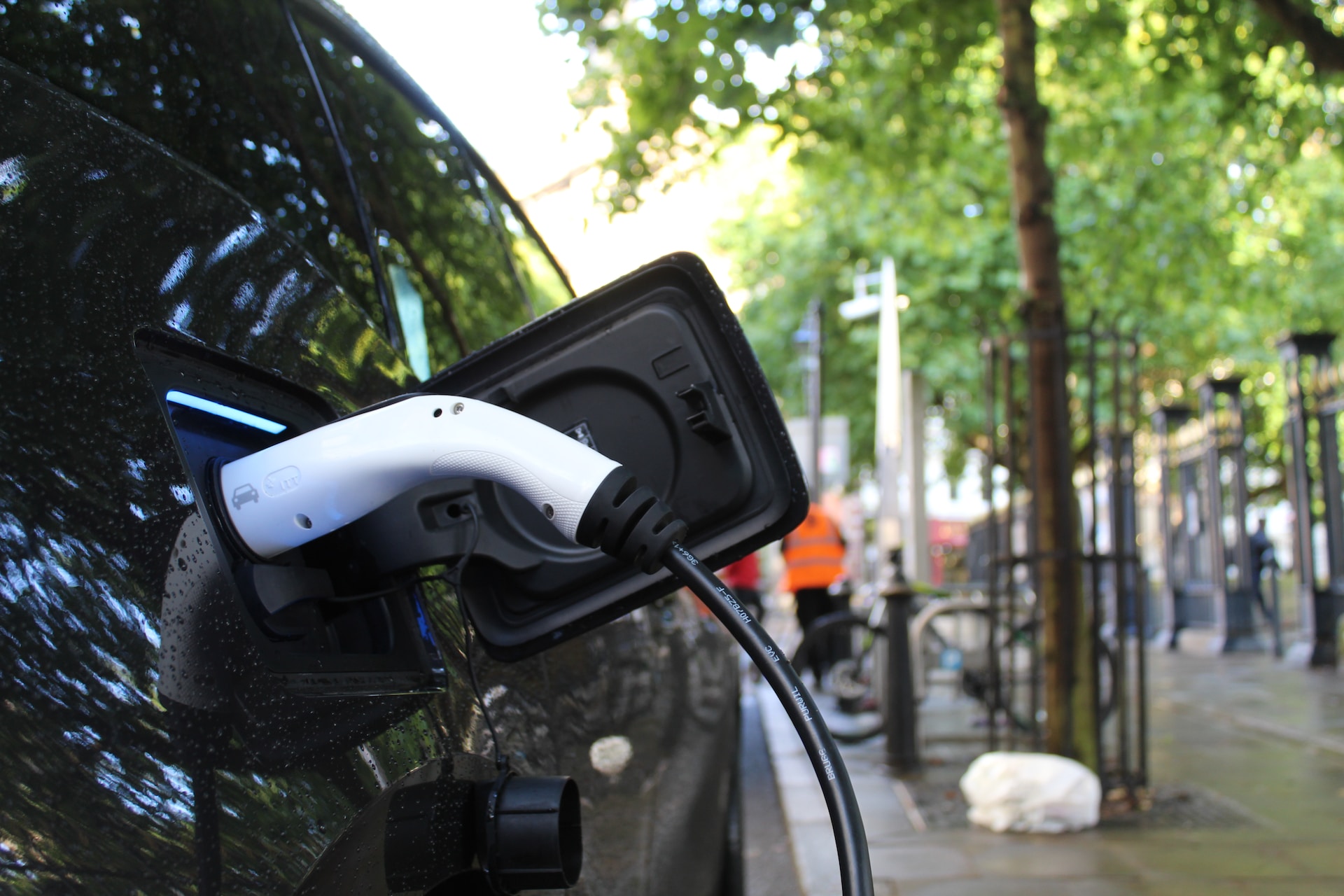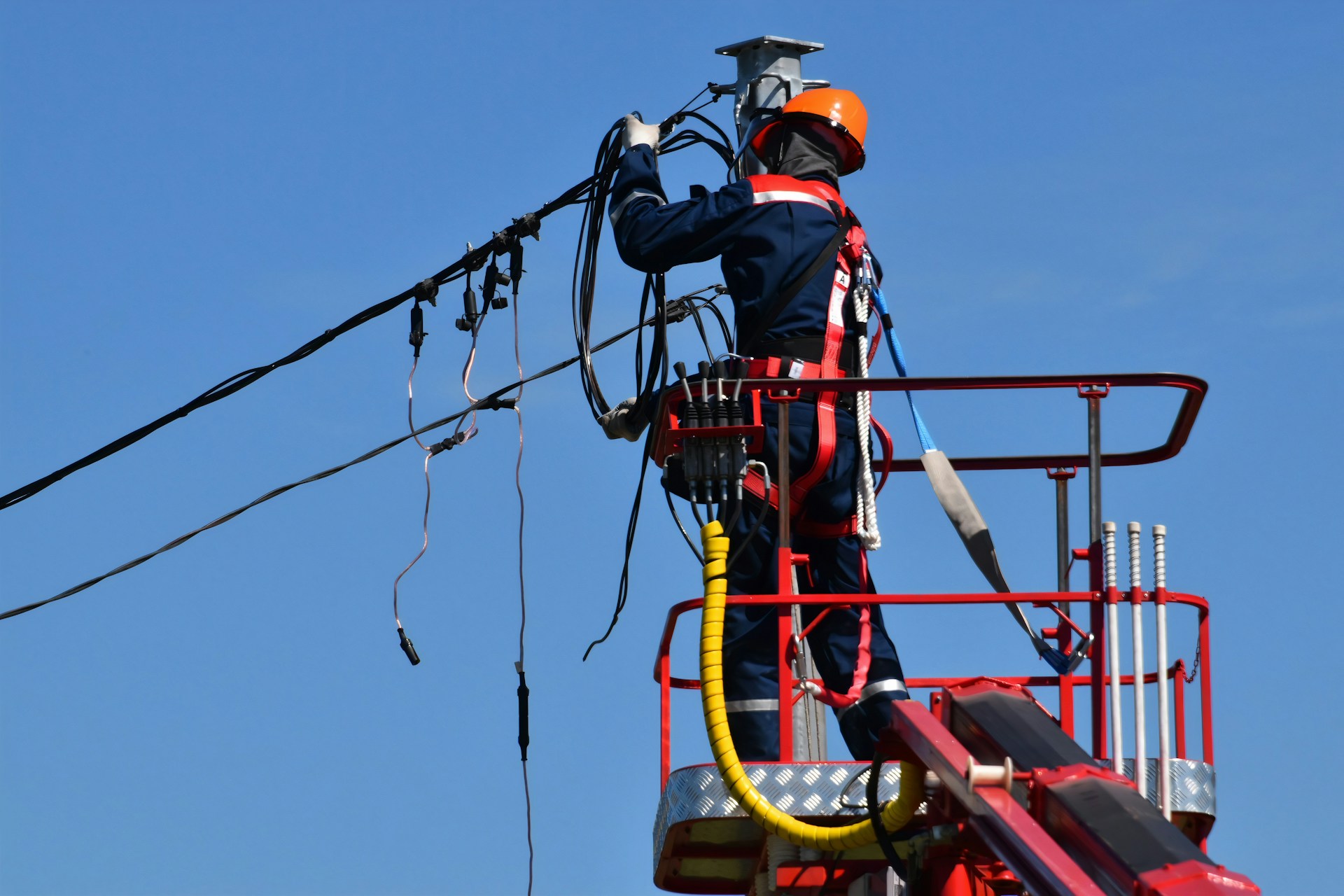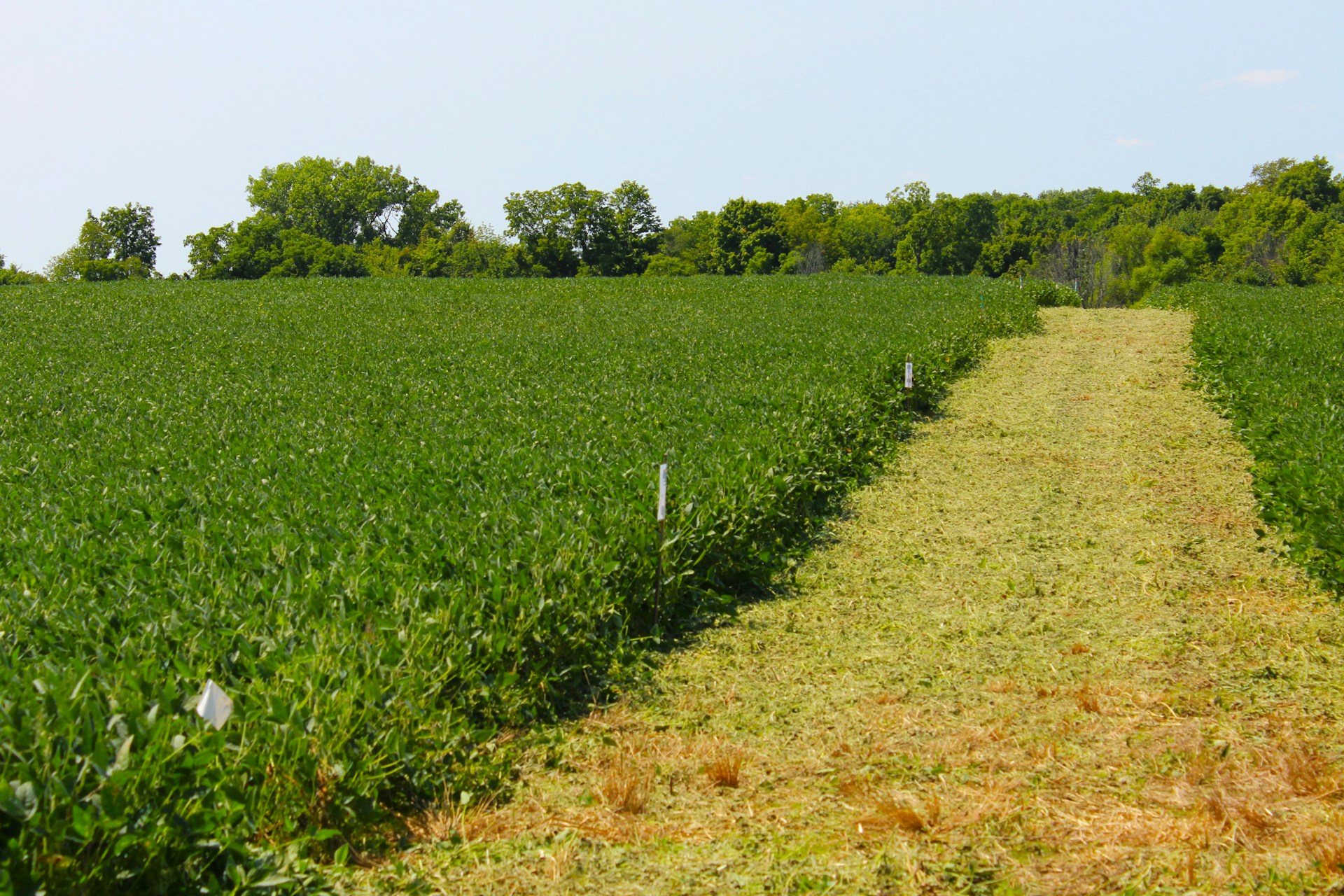
Electric Vehicle Charging Infrastructure Needs to Improve
November 23, 2023 - Emily Newton
Revolutionized is reader-supported. When you buy through links on our site, we may earn an affiliate commission. Learn more here.
Electric vehicle charging infrastructure is the main factor holding back EV adoption today. There are dozens of great EVs on the market today, including many affordable options. So, why aren’t people buying them? For many Americans, unreliable charging is to blame.
Why is EV charging infrastructure such an issue in North America? Is there any way automakers and industry leaders can fix it? Here’s a look at the problems — and one potential solution.
The State of Electric Vehicle Charging Infrastructure in the U.S.
As of 2023, there are over 160,000 EV charging stations across the United States. Yet, charging remains one of the top reasons consumers aren’t buying electric vehicles. A 2023 Energy Policy survey found that 47% of Americans are “not too likely” or “not at all likely” to purchase an EV.
At the same time, every major auto manufacturer is ramping up EV production. The Biden Administration launched an initiative to expand America’s EV charging grid and improve standardization. There are more electric vehicles on the market today, too, including a growing number of lower-cost options.
In spite of these programs, EV market growth remains slow. Cost is a major factor for many consumers. However, charging infrastructure is the most common concern.
American electric vehicle charging infrastructure is expanding, but the grid is still rife with issues. There is no single standard charging plug. Different stations have different payment systems. Drivers frequently report glitches and broken chargers. Plus, charging speed is incredibly inconsistent depending on the type of EV someone has.
The complexity of the U.S. charging grid makes EVs look like a hassle to own. Conventional combustion engine cars can use any pump at any gas station, assuming it isn’t diesel. In contrast, EV charging infrastructure is more spread out, less reliable and full of compatibility issues.
Apps, Adapters and Confusing Payment Systems
Why is compatibility such a widespread problem in U.S. electric vehicle charging infrastructure? There are three main EV charging systems in the United States: the Tesla charger, the SAE J1772 and the CCS.
The three types of plugs are not compatible with each other. If a driver wants to charge their Tesla at a non-Tesla charging station, they need a bulky adapter to make the plug fit. With three types of plugs around the charging grid, many EV owners now have to carry around a few different adapters just in case (especially if their EV isn’t a Tesla).
The other big compatibility issue in EV charging is apps and payment systems. Every charging network uses its own software. There is no simple, standard system in place. Unlike at gas stations, EV chargers often use overly complicated payment systems or frequently encounter bugs that make charging a headache.
A Tale of Two Road Trips
Most EV owners mainly charge at home, so charging is easy. If they want to go on a long-distance drive, though, things might get complicated. It reveals the depth of the many issues with America’s EV charging grid.
One EV enthusiast attempted the same road trip with a Tesla and a Polestar. The Tesla could use the Tesla Supercharger network, which is widely considered one of the best EV charging networks in the world. In contrast, the Polestar had to use CCS charging stations from various providers, such as Electrify America.
On the Polestar road trip, the driver had to download several different apps for different charging networks. The CCS chargers were consistently slower and less powerful than the Tesla chargers. They also had more glitches and tended to be less user-friendly.
In contrast, Tesla chargers automatically charge users through a payment system connected to their car. So, there’s no need to enter payment information at every charger. It’s easy, reliable and convenient.
The difference between driving a Tesla and any other brand of EV is a symptom of the issues with today’s electric vehicle charging infrastructure. If you have a Tesla, driving an EV is nearly as convenient as driving a combustion engine car. Things are far less user-friendly if you can’t use the Tesla Supercharger network, though.
Standardization: The Key to Better Charging Infrastructure
America’s electric vehicle charging infrastructure clearly needs improvement. How can automakers and industry leaders resolve the many issues with the charging grid? Standardization is the key.
When someone goes to a gas station, they know what to expect. They know the gas pump will always be compatible with their car, and they know they can pay at the pump or at the cashier. In contrast, EV charging is a guessing game. If automakers agreed to use one plug on all of their vehicles, it would significantly simplify the charging experience.
Should the Tesla Charger Be the U.S. Standard?
The Tesla Supercharger network is the most accessible and reliable in the country. So, many EV owners are pushing for it to become America’s standard charging system. In 2022, tens of thousands of people signed a petition asking Congress to make that standard official.
Although Tesla is not yet the legal standard EV charging system, more and more automakers are switching to it. The J1772 and CCS plug types are both getting slowly phased out as of 2023. Tesla has also started opening up its Supercharger network to non-Tesla EVs.
So, there’s hope for standardized electric vehicle charging infrastructure in North America. Sticking to one plug type would make expanding and improving the charging grid much easier, which is beneficial for everyone. If automakers commit to backing the Tesla charging system as the new standard, it could significantly improve the charging experience and increase EV adoption.
The Future of Electric Vehicles in the United States
There’s no doubt EVs are an important part of the future of transportation. Unfortunately, their growth is getting stunted by slow and unreliable charging infrastructure. Standardization is critical for ensuring a good user experience and improving EV adoption in North America.
As of 2023, the Tesla charging system is by far the best choice to become the region’s official standard for EV charging. More and more automakers are transitioning to the Tesla plug, offering hope for a better charging experience down the road.
Revolutionized is reader-supported. When you buy through links on our site, we may earn an affiliate commission. Learn more here.
Author
Emily Newton
Emily Newton is a technology and industrial journalist and the Editor in Chief of Revolutionized. She manages the sites publishing schedule, SEO optimization and content strategy. Emily enjoys writing and researching articles about how technology is changing every industry. When she isn't working, Emily enjoys playing video games or curling up with a good book.







